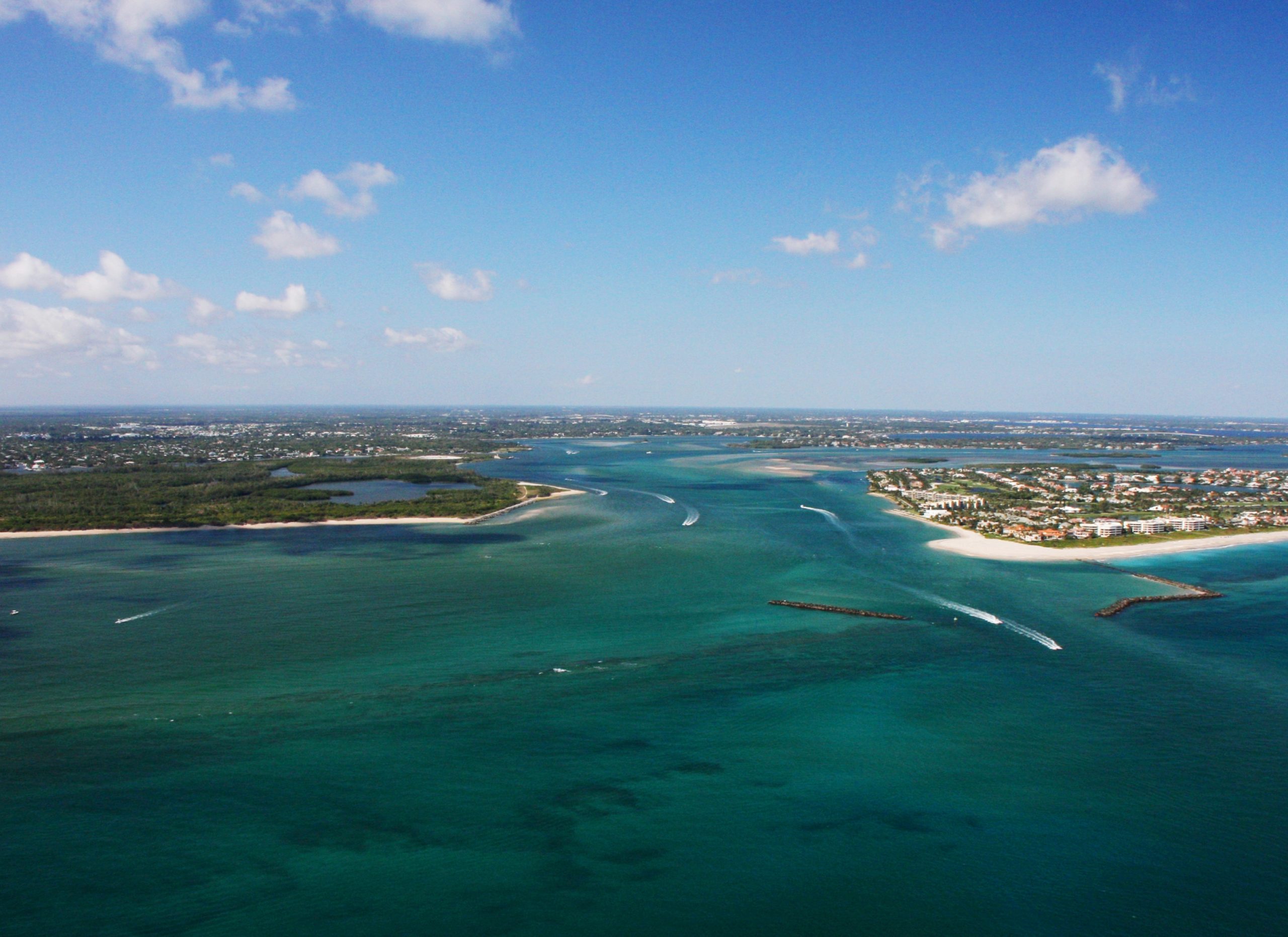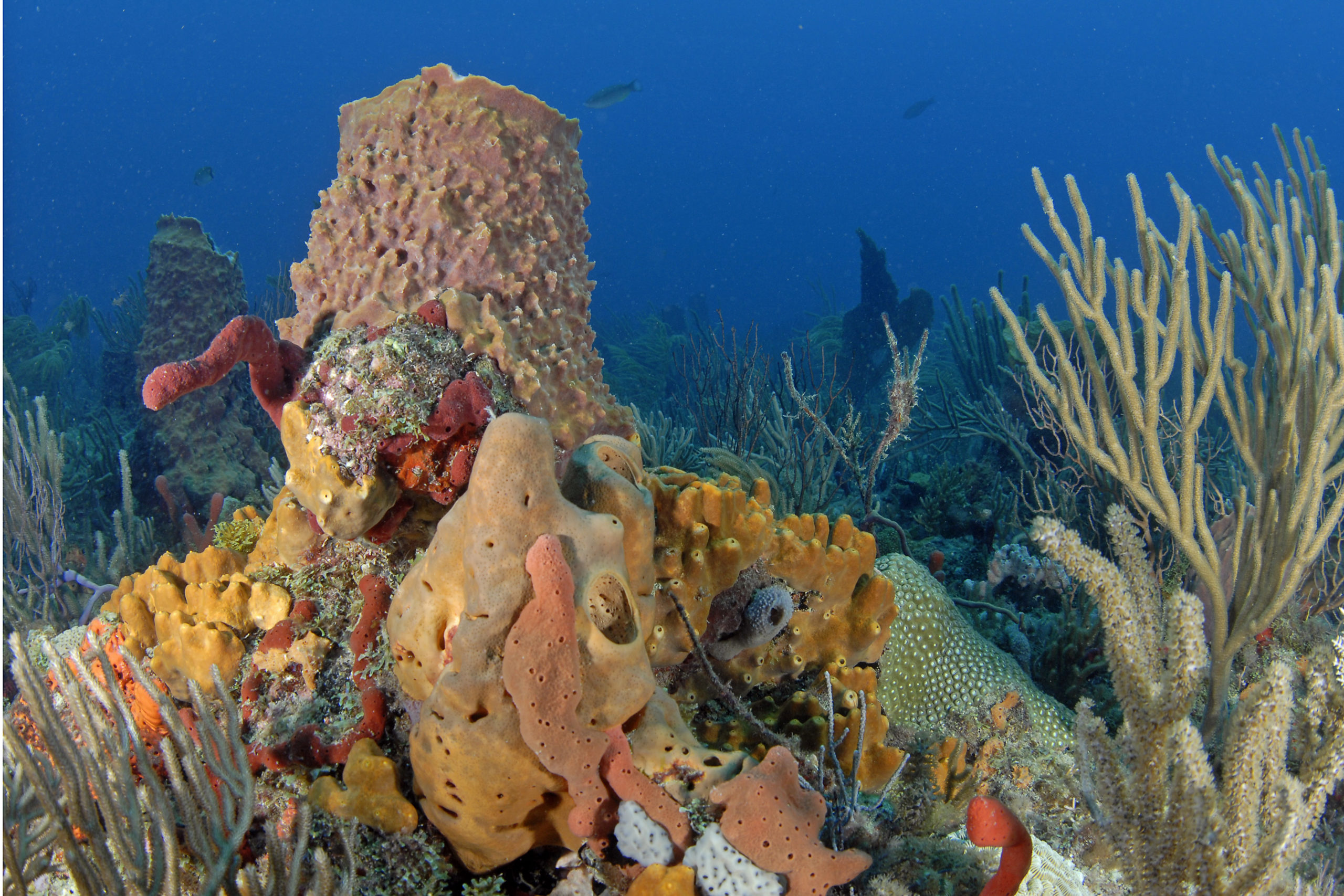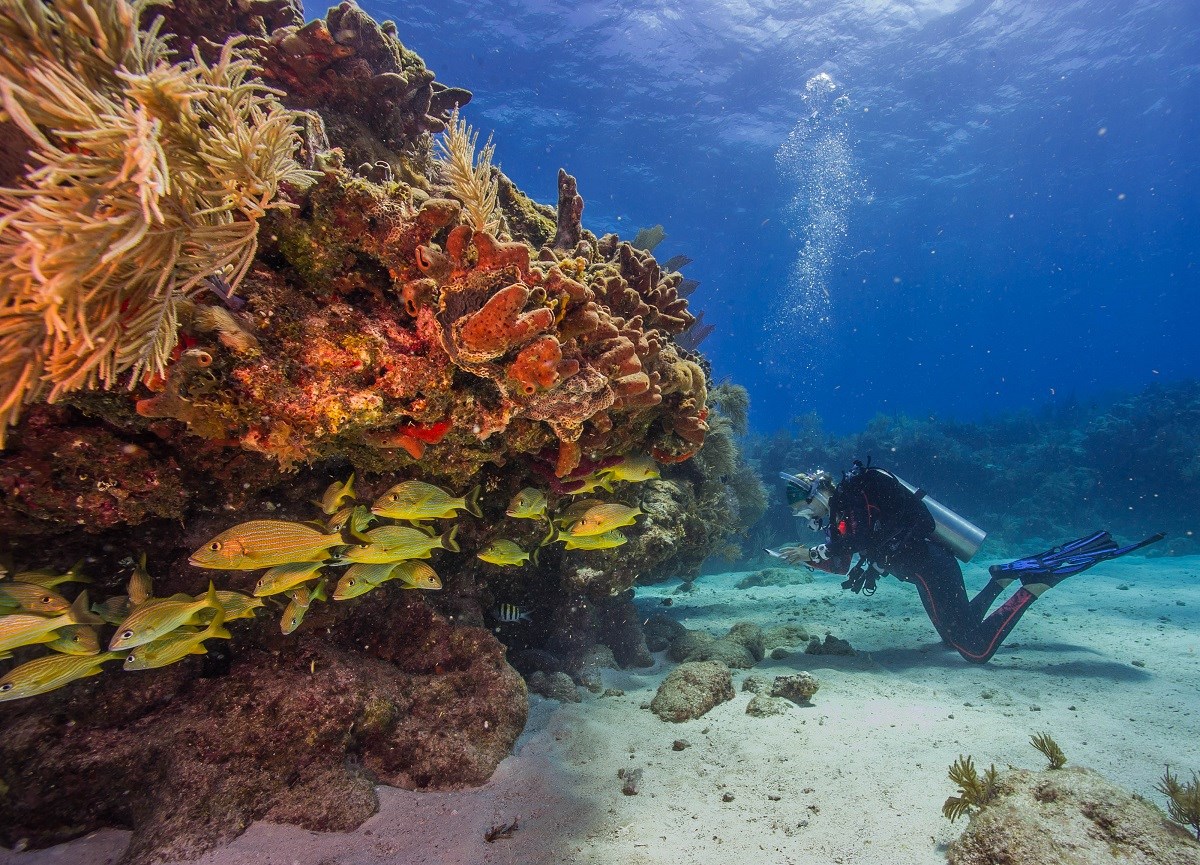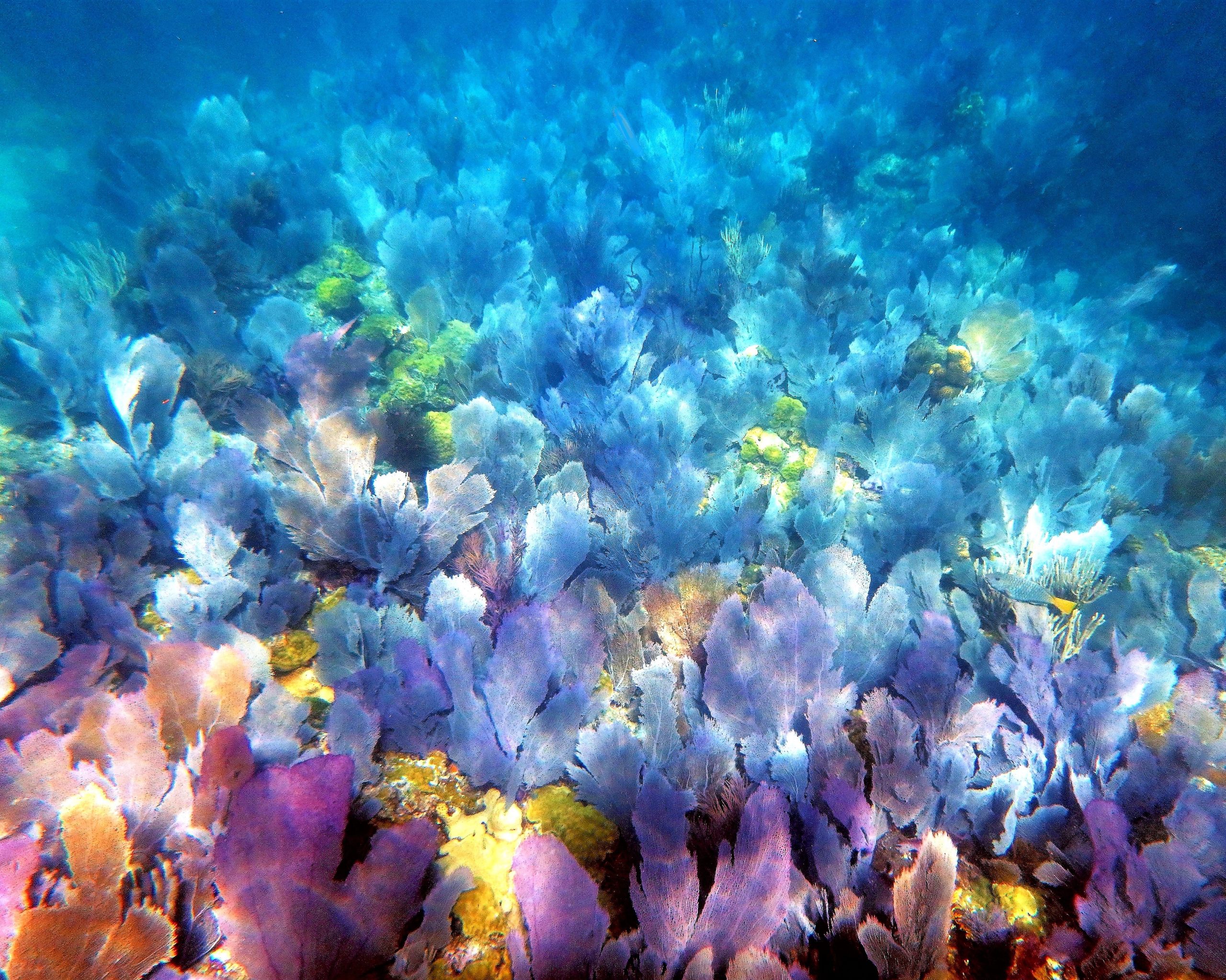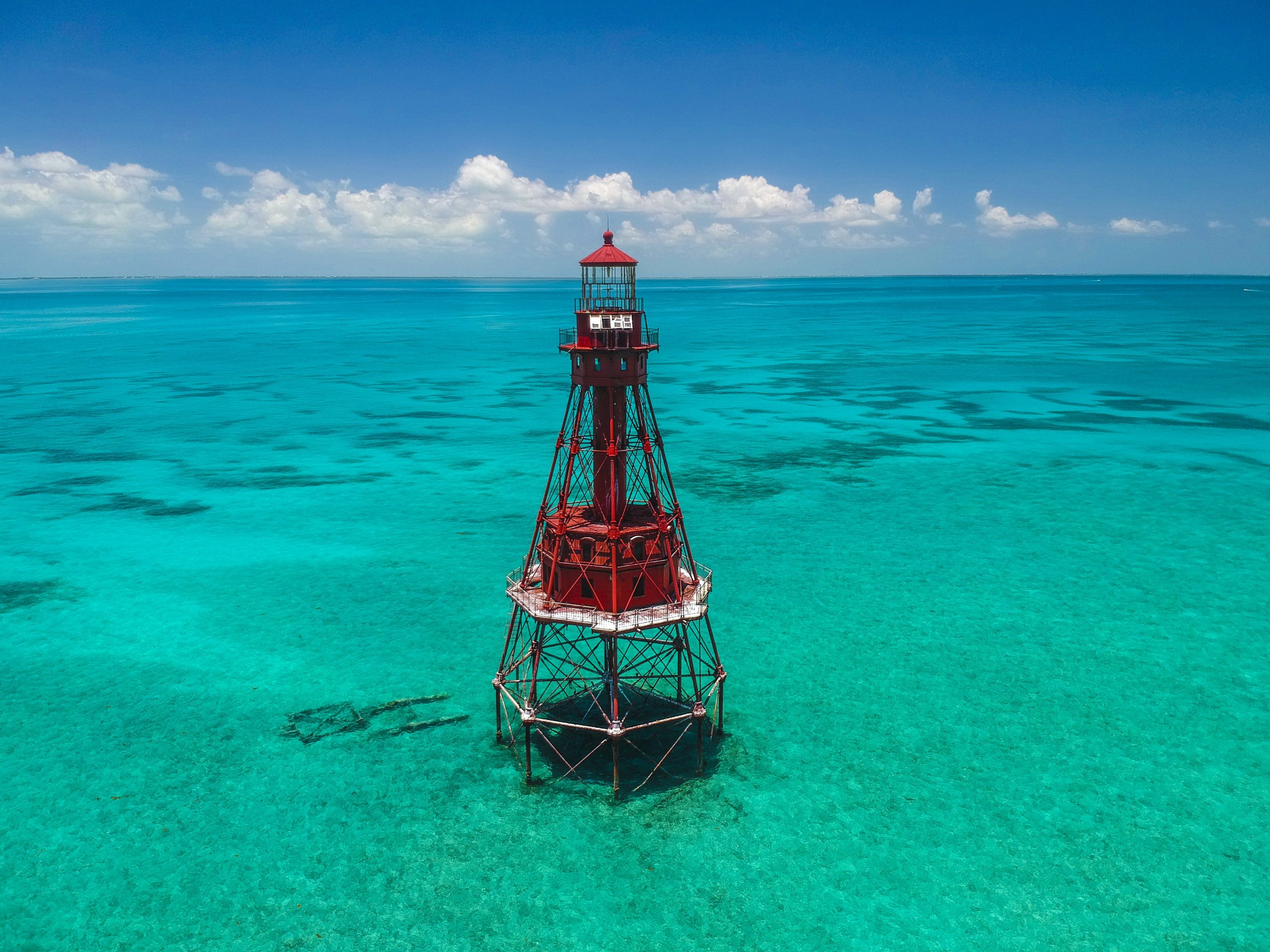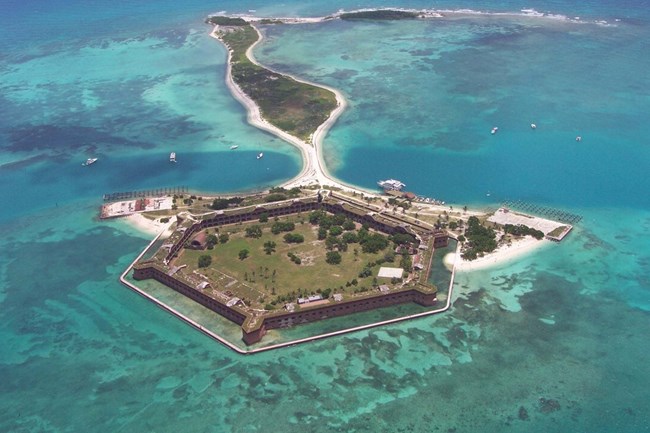Diving and Snorkeling
Diving and snorkeling are some of the best ways to visit Florida’s Coral Reef by coming face-to-face with the abundance of marine life. Unfortunately, these types of activities can cause physical damage to coral reefs.
Fin kicks, touching or holding coral, dragging gear, and kneeling or standing on coral have all been shown to directly impact the hardbottom community. Divers and snorkelers can unintentionally disturb sand sediments that often result in covering or smothering corals.
Trampling of corals can occur on shallow, near-shore reef flats and has led to extensive damage in areas with high levels of human pressure and use.
Responsible Practices for Snorkeling and Diving at Coral Reefs
- Practice safe buoyancy control and make sure you are properly weighted before diving near the reef. Move slowly and avoid rapid changes in direction.
- Do not touch, kick, rest or stand on coral and kindly remind others to do the same.
- Avoid disturbing sand with your fins – stirring up sediment can smother coral.
- Before you reach the bottom, check to ensure all dive gear is secure so that it doesn’t dangle and bump into the reef.
- If the reef site you are visiting is busy with other water users (divers, snorkelers and swimmers), visit a less busy area or wait for the group to disperse in order to reduce diving pressure at that reef.
- When planning a dive trip within the Florida Keys National Marine Sanctuary, select an operator dedicated to education and habitat conservation by booking with a Blue Star recognized charter.
